Best Companion Plants For String Beans
Title: Best Companion Plants for String Beans
Introduction:
String beans are a delicious and versatile vegetable that can be grown in many different climates. They are also a relatively easy crop to care for, making them a great choice for beginner gardeners.
One of the best ways to improve the success of your string bean crop is to plant it with companion plants. Companion plants are those that benefit each other when grown together. They can help to improve the growth, yield, and flavor of your string beans, and they can also help to deter pests and diseases.
In this blog post, we will discuss some of the best companion plants for string beans. We will also provide some tips on how to plant and care for these plants together.
Main Content:
Basil: Basil is a classic companion plant for string beans. It helps to deter pests, such as aphids and spider mites, and it also improves the flavor of the beans. Basil can be planted near the base of the string bean plants, or it can be grown in a separate container.
Carrots: Carrots and string beans are both root vegetables, and they benefit each other when grown together. Carrots help to improve the drainage of the soil, which can help to prevent root rot in string beans. String beans help to suppress weeds, which can also help to protect the carrots from pests and diseases.
Cucumbers: Cucumbers and string beans are both vining plants, and they can be planted together to create a vertical garden. Cucumbers help to shade the soil around the string bean plants, which can help to keep the soil cool and moist. String beans help to support the cucumbers, and they also help to deter pests.
Peas: Peas and string beans are both legumes, and they fix nitrogen in the soil. This means that they can help to improve the fertility of the soil, which can benefit both plants. Peas also help to suppress weeds, which can help to protect the string beans from pests and diseases.
Squash: Squash and string beans can be planted together in a three-sisters garden. The squash provides shade for the beans, the beans fix nitrogen in the soil for the squash, and the corn provides a support for the beans to climb.
Other good companion plants for string beans include:
- Borage
- Calendula
- Chamomile
- Dill
- Marigolds
- Nasturtium
- Onions
- Spinach
- Swiss chard
Tips for Planting and Caring for Companion Plants:
- When planting companion plants, it is important to choose plants that have similar growing requirements. This will help to ensure that both plants will thrive.
- It is also important to plant companion plants in the correct location. For example, basil should be planted in full sun, while cucumbers and squash prefer partial shade.
- Companion plants should be watered and fertilized regularly. This will help to ensure that both plants are getting the nutrients they need to grow and thrive.
Conclusion:
Planting companion plants with your string beans can help to improve the success of your crop. By choosing the right companion plants and planting them in the correct location, you can help to deter pests and diseases, improve the flavor of your beans, and increase your yield.
String beans are a delicious and versatile vegetable that can be grown in many different climates. One way to improve the health and productivity of your string bean plants is to plant them with companion plants. Companion plants are those that benefit each other when they are grown together. Some good companion plants for string beans include:
- Basil: Basil helps to repel pests and attract beneficial insects.
- Corn: Corn provides support for pole beans and helps to improve the nitrogen content of the soil.
- Cucumbers: Cucumbers and beans help to suppress weeds and attract beneficial insects.
- Marigolds: Marigolds help to repel pests and attract beneficial insects.
- Potatoes: Potatoes help to repel Mexican bean beetles, and string beans help to repel Colorado potato beetles.
For more information about string beans companion plants, please visit Garden Wiki.
FAQ of string beans companion plants
- What are the benefits of companion planting with string beans?
There are many benefits to companion planting with string beans. Some of the most common benefits include:
* Attracting beneficial insects. Many companion plants attract beneficial insects, such as ladybugs, lacewings, and parasitic wasps. These insects help to control pests that can damage string beans, such as aphids, whiteflies, and spider mites.
* Providing support. Some companion plants, such as corn and sunflowers, can provide support for pole beans. This can help to prevent the beans from flopping over and becoming damaged.
* Improving soil quality. Some companion plants, such as peas and clover, can help to improve soil quality by fixing nitrogen in the soil. This can benefit both the string beans and the other plants in the garden.
* Distracting pests. Some companion plants, such as marigolds and nasturtiums, can distract pests from string beans. This can help to reduce the amount of damage that pests cause to the beans.
- What are some good companion plants for string beans?
Some of the best companion plants for string beans include:
* Basil. Basil is a classic companion plant for beans. It helps to repel pests, attract beneficial insects, and improve the flavor of the beans.
* Carrots. Carrots and beans are mutually beneficial companions. The beans fix nitrogen in the soil, which benefits the carrots. The carrots help to suppress weeds, which benefits the beans.
* Cucumbers. Cucumbers and beans are both moisture-loving plants, so they can benefit each other by helping to retain moisture in the soil.
* Dill. Dill attracts beneficial insects that help to control pests. It also helps to improve the flavor of the beans.
* Marigolds. Marigolds help to repel pests, such as aphids and whiteflies. They also help to attract beneficial insects.
* Peas. Peas and beans are both legumes, which means they fix nitrogen in the soil. This benefits both plants.
* Potatoes. Potatoes and beans are mutually beneficial companions. The beans fix nitrogen in the soil, which benefits the potatoes. The potatoes help to suppress weeds, which benefits the beans.
* Squash. Squash and beans are both moisture-loving plants, so they can benefit each other by helping to retain moisture in the soil. The squash also helps to shade the soil, which can help to suppress weeds.
- What are some plants that should not be planted near string beans?
Some plants that should not be planted near string beans include:
* Tomatoes. Tomatoes and beans compete for nutrients, so they should not be planted near each other.
* Onions. Onions can stunt the growth of beans.
* Garlic. Garlic can stunt the growth of beans.
* Eggplant. Eggplant and beans can compete for nutrients, so they should not be planted near each other.
- When should I plant string beans?
String beans can be planted in the spring or fall. The best time to plant them depends on your climate. In general, you should plant them when the soil has warmed to at least 60 degrees Fahrenheit.
Image of string beans companion plants
- Pole beans and corn: This is a classic companion planting combination. The beans attract beneficial insects that prey on corn pests, such as leaf beetles, fall armyworms, and leafhoppers. The bean vines are also supported as they climb up the corn stalks.
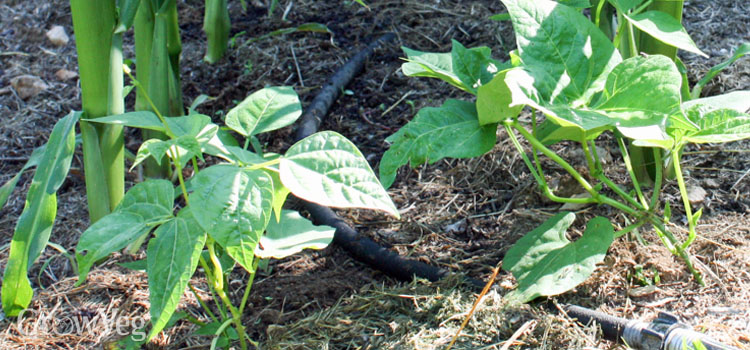
- Beans and tomatoes: Beans and tomatoes are both nitrogen-fixing plants, which means they can help each other to grow better. The beans release nitrogen into the soil, which the tomatoes can use. The tomatoes, in turn, provide shade for the beans, which can help to protect them from the sun.
- Beans and carrots: Beans and carrots are both root vegetables, so they don't compete for space. The beans can help to improve the drainage around the carrots, which can help to prevent them from rotting.

- Beans and cabbage: Beans and cabbage are both heavy feeders, so they can help each other to get the nutrients they need. The beans can also help to deter pests from the cabbage.
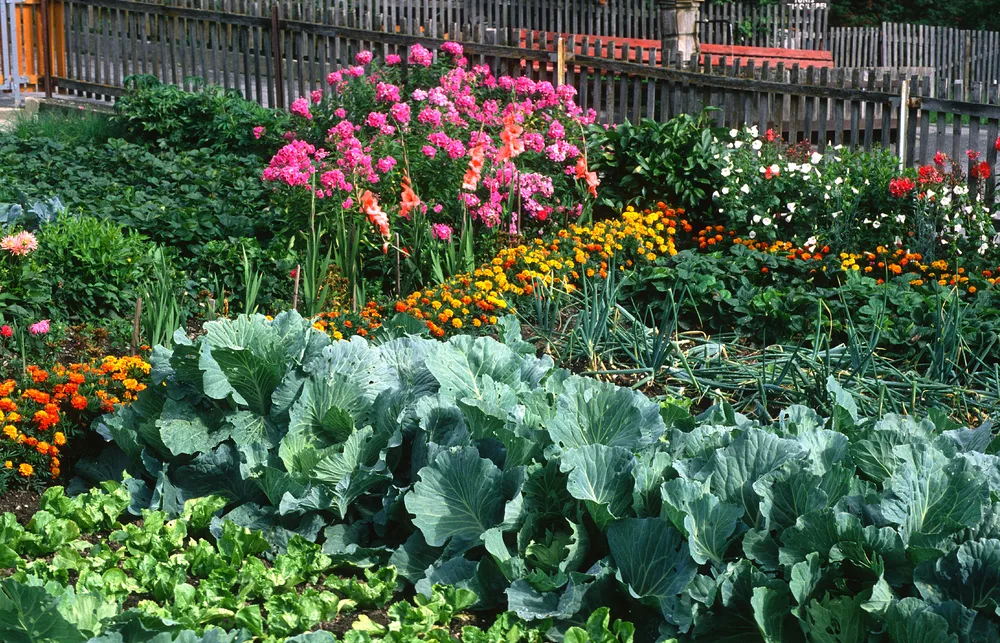
- Beans and lettuce: Beans and lettuce are both cool-season crops, so they can be planted together in the spring or fall. The beans can help to shade the lettuce, which can help to prevent it from bolting.
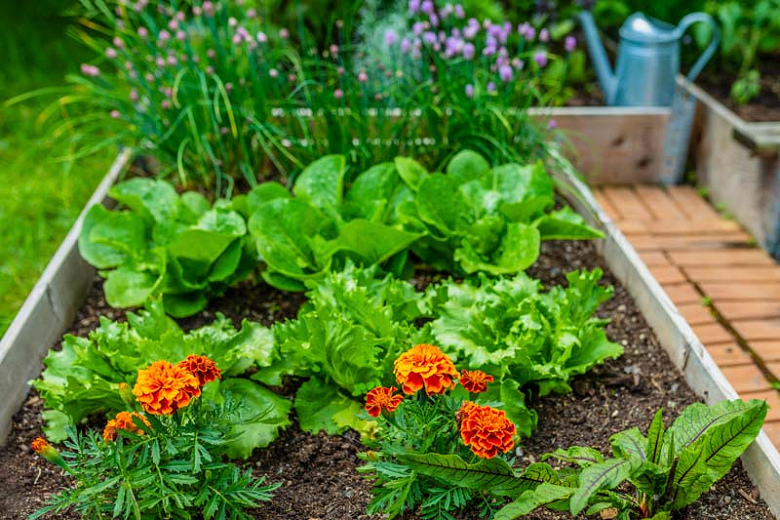
- Beans and peas: Beans and peas are both legumes, so they can help each other to fix nitrogen in the soil. They are also both relatively fast-growing crops, so they can be planted together in the same bed.
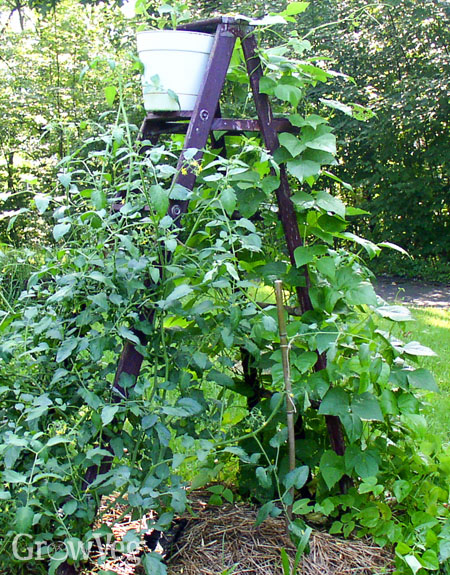
- Beans and spinach: Beans and spinach are both low-maintenance crops, so they are a good choice for beginner gardeners. The beans can help to shade the spinach, which can help to prevent it from bolting.

- Beans and Swiss chard: Beans and Swiss chard are both heavy feeders, so they can help each other to get the nutrients they need. The beans can also help to deter pests from the Swiss chard.
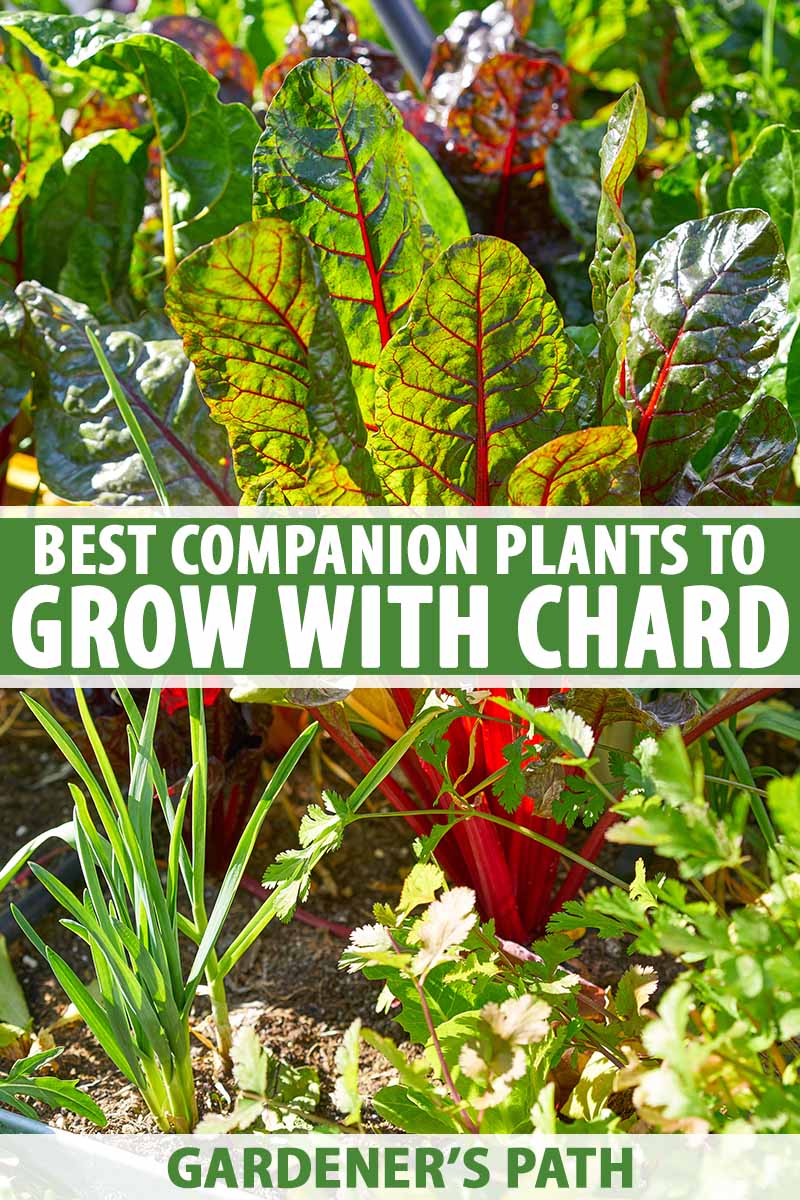
- Beans and strawberries: Beans and strawberries are both shallow-rooted plants, so they don't compete for water or nutrients. The beans can also help to improve the drainage around the strawberries, which can help to prevent them from rotting.
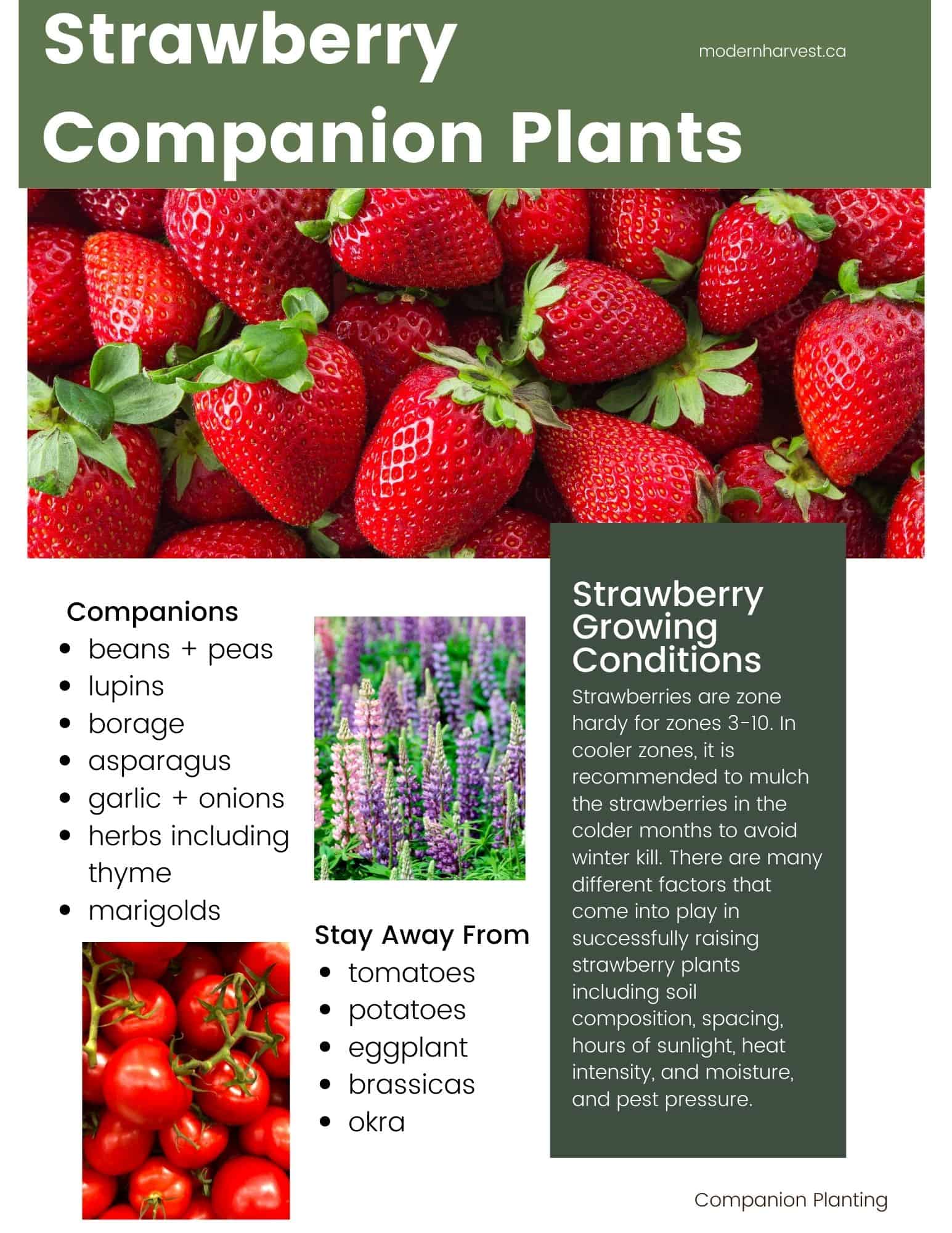
Post a Comment for " Best Companion Plants For String Beans"